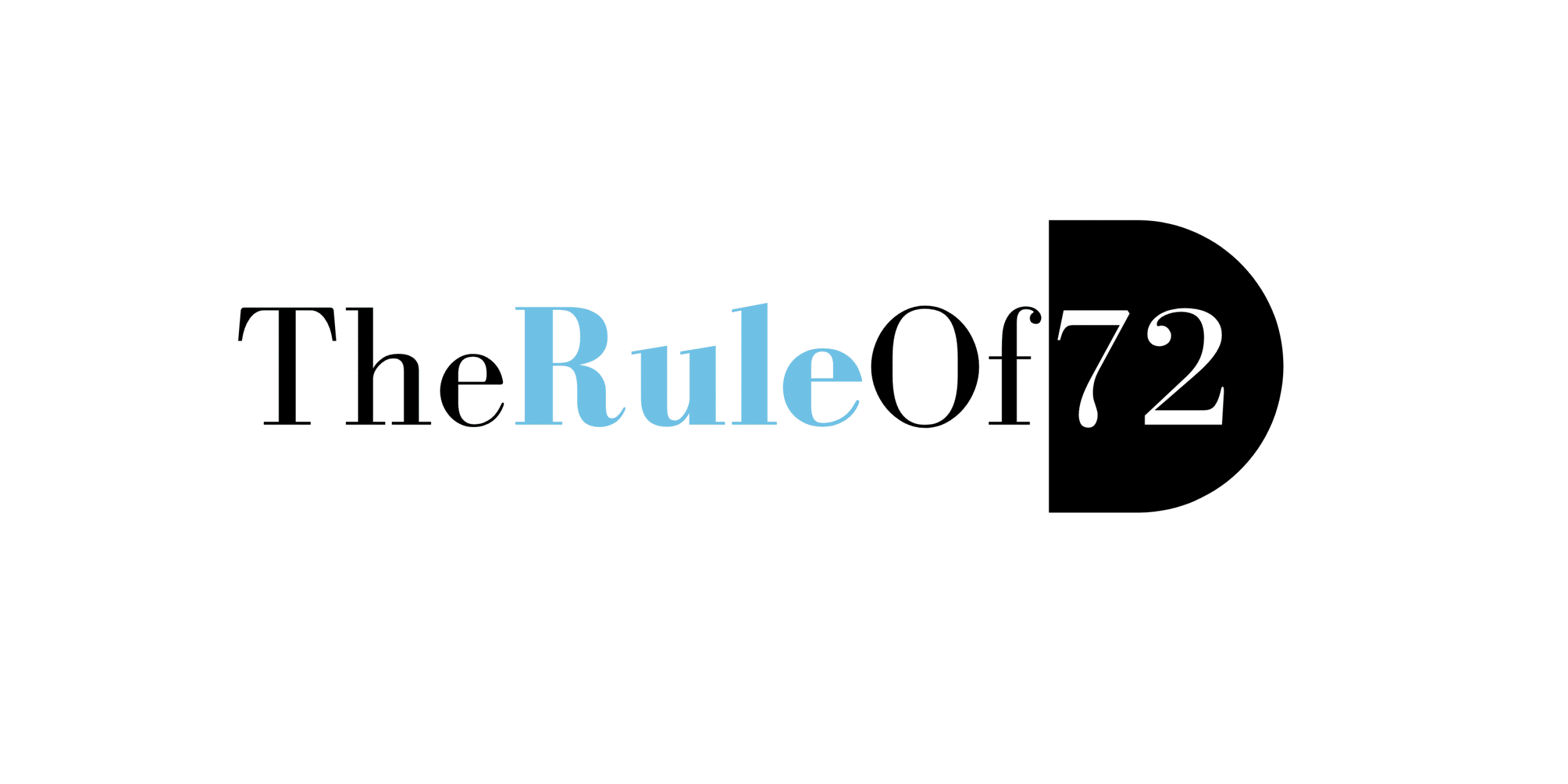Term vs Permanent Life Insurance: Differences Explained

Life insurance is a crucial financial tool that provides financial security to the insured’s family or dependents in the event of their untimely death. The primary purpose of life insurance is to offer financial protection to the loved ones of the policyholder. However, when shopping for life insurance, it can be challenging to understand the different types of policies and their associated benefits. Two of the most common types of life insurance policies are term life insurance and permanent life insurance. Understanding the differences between these two types of policies can help you make informed decisions about which one is right for you and your loved ones.
Term Life Insurance
Term life insurance is a type of policy that provides coverage for a specific period, usually between 10 to 30 years. If the policyholder dies during the term, the death benefit is paid out to their beneficiaries. If the policyholder outlives the term, the coverage ends, and the policy expires. Term life insurance is often the most affordable type of life insurance, making it an attractive option for those on a tight budget. Here are some of the key features of term life insurance:
- Low Cost: As mentioned earlier, term life insurance is generally the most affordable type of life insurance policy. The premiums are lower compared to permanent life insurance policies, making it an excellent option for those on a tight budget.
- Fixed Term: Term life insurance policies come with a fixed term, usually ranging from 10 to 30 years. The policyholder can choose the term that fits their needs best. If the policyholder outlives the term, the policy expires, and there is no payout.
- Simple Structure: Term life insurance policies are relatively simple, making them easy to understand. There are no complicated investment or savings components, making it easy to determine how much coverage you need.
- No Cash Value: Term life insurance policies do not have a cash value. Once the term is up, the policy expires, and there is no payout. This means that if you don’t pass away during the term, you don’t get anything in return.
Permanent Life Insurance
Permanent life insurance is a type of policy that provides coverage for the policyholder’s entire lifetime. These policies come with a death benefit, but they also have a savings or investment component. A portion of the premiums paid is invested in the policy, and the cash value grows over time. Here are some of the key features of permanent life insurance:
- Lifelong Coverage: Permanent life insurance policies provide coverage for the policyholder’s entire life. As long as the premiums are paid, the policy remains in force. This means that your beneficiaries will receive a payout regardless of when you pass away.
- Savings Component: Permanent life insurance policies have a savings or investment component. A portion of the premiums is invested in the policy, and the cash value grows over time. Policyholders can borrow against the cash value or use it to pay premiums.
- More Expensive: Permanent life insurance policies are generally more expensive than term life insurance policies. The premiums are higher, but the policy provides coverage for the policyholder’s entire life and has a savings component.
- Complex Structure: Permanent life insurance policies are more complex than term life insurance policies. They come with an investment component, and there are different types of permanent life insurance policies to choose from.
Key Differences between Term and Permanent Life Insurance
- Coverage Period: The most significant difference between term and permanent life insurance is the coverage period. Term life insurance provides coverage for a specific term, while permanent life insurance provides coverage for the policyholder’s entire life.
- Cost: Term life insurance is generally the most affordable type of life insurance, while permanent life insurance is more expensive due to the savings component.
- Structure: Term life insurance policies are relatively simple, with no savings or investment component. Permanent life insurance policies, on the other hand, have a savings component, which makes them more complex and often harder to understand.
- Cash Value: Term life insurance policies do not have a cash value, while permanent life insurance policies do. The cash value grows over time, and policyholders can borrow against it or use it to pay premiums.
Choosing the Right Type of Life Insurance
When it comes to choosing the right type of life insurance, there is no one-size-fits-all answer. The type of policy you choose will depend on your individual needs and financial situation. If you are on a tight budget and only need coverage for a specific period, term life insurance may be the best option for you. If you are looking for lifelong coverage and want a policy that includes a savings component, permanent life insurance may be a better choice. It’s essential to do your research, compare policies, and speak with an insurance agent to determine which policy is right for you.
In conclusion, life insurance is an essential financial tool that provides financial security to your loved ones in the event of your untimely death. Understanding the differences between term and permanent life insurance can help you make informed decisions about which type of policy is right for you and your family. It’s important to choose the right policy that fits your individual needs and financial situation, ensuring that your loved ones are protected no matter what happens.





